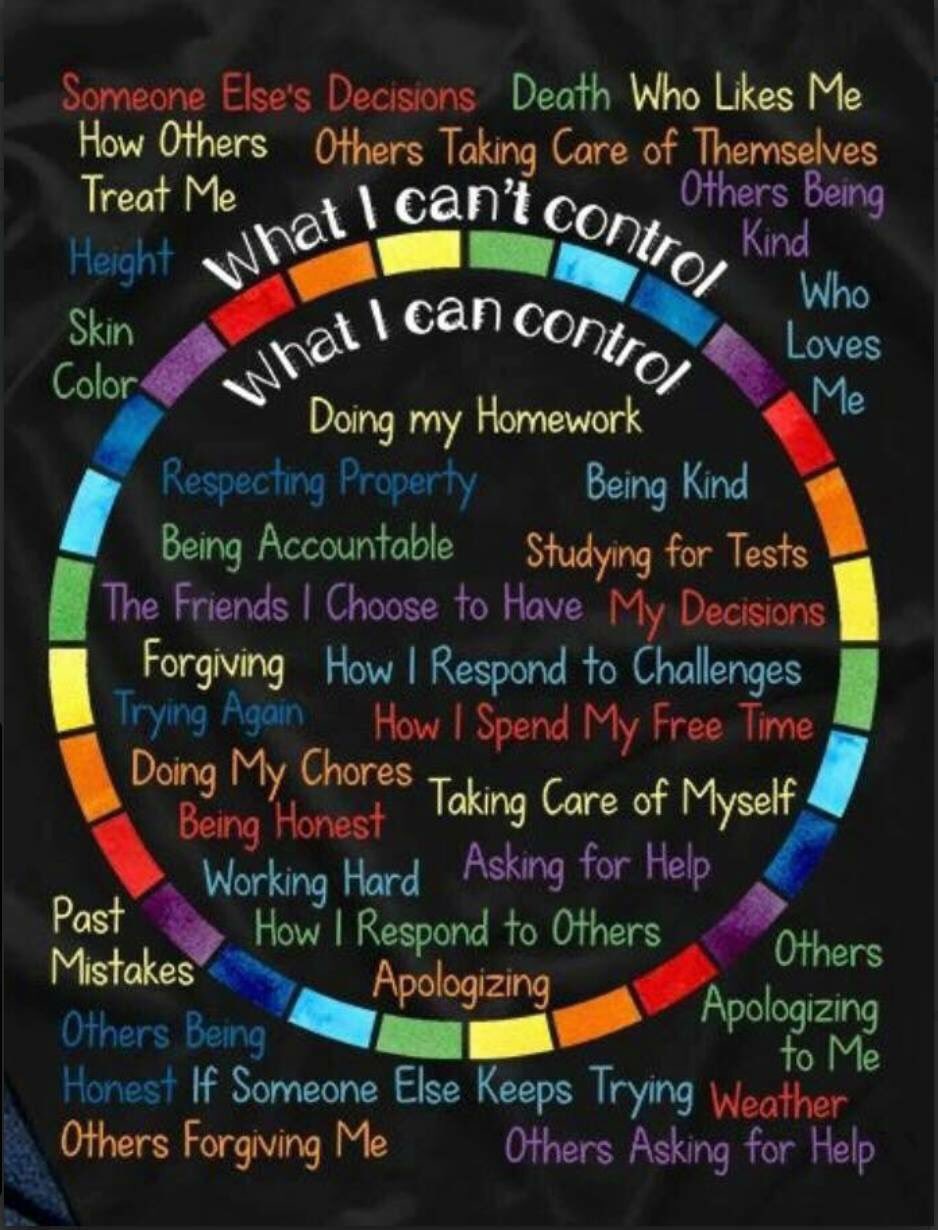I recently decided to film our weekly bike ride to the library. My 8 year-old was out of school for the holiday, so she is featured in the video as my boys were behind me in our trailer. Conscious of the need for others to gain insight on what it’s like to take another form of transportation, I shared this with my local community.
The overall response was positive and encouraging. But perhaps because my daughter was the only one of the four of us visible in the video, I was surprised to find that much of the conversation rested on her. I know now there were a lot of raised eyebrows at the sight of “this young girl biking in town.”
As usual, my reflections have brought me here. I’ve been thinking about some of the lessons through this experience, especially concerning how we view what kids are capable of.
#1: Sometimes, shielding kids from one risk leads to other dangers
When one person expressed fear at the sight of what they viewed to be such a risk, I responded by explaining our biking experience and how I know my daughter’s familiarity with the rules and her capacity to follow them.
I went on to explain that riding our bikes is a way to integrate physical activity into our day, which helps address serious risks associated with inactivity like heart disease and depression (noting also that the rising generation is the first projected to have a shorter lifespan than the previous generation for this reason). Of course, riding in traffic is scarier and we do avoid it when possible (and we work to advocate for better infrastructure that makes biking more comfortable for families).
We need to be careful not to shield kids so thoroughly from one risk that we open them up to others that are just as, if not more, threatening.
#2: One person’s “brave” is another person’s normal

A very common response was, “Wow, you guys are so brave!” While I am very proud of my daughter for riding, I know that this is less about courage and more about capacity and experience. She has been riding with me since she she was just a year old; this is our normal. Which is the point. We want to normalize an active lifestyle so she can carry habits into her future that will allow her to have a high quality life.
Focusing on how brave something looks can detract from how doable it really is. That’s not to say it doesn’t require courage to start, but we can be emboldened in knowing we are not alone!
#3: We shouldn’t focus so much on what needs improvement that it intimidates people from joining in
Even when I was editing the video and adding music, I was mindful to try achieve a delicate balance between conveying what we love about our active lifestyle and ways we can make it safer. I didn’t want it to seem so upbeat that it made people think there aren’t any issues to address, but I didn’t want to be so serious that it scares people away.
To me, all this comes back to the classroom in so many ways. I feel like Sam Sherratt captured it nicely in his recent tweet on learning from Reggio Emilia teachers:
“Children are highly capable of managing the unexpected and Re-discussing things from the beginning. It’s adults who struggle!” Isabella Mennino #reggiochildren
— Sam Sherratt (@sherrattsam) November 14, 2018
When they are given the support they need, kids truly are capable of so much! We can encourage them to be knowledgeable risk-takers. We can help normalize positive habits. We can acknowledge and work on issues without allowing them to keep us away. All of this requires a lot of work, imagination, and letting go, but ultimately, it is our children and students who benefit from being empowered to take care of themselves and live life to the fullest.
featured image: DeathToTheStockPhoto












